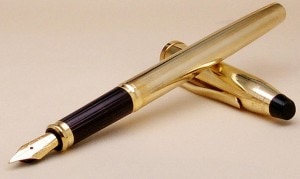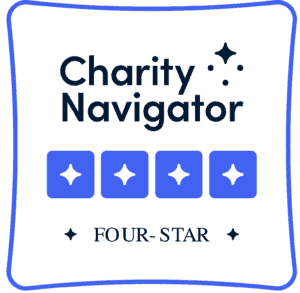 Want to change the world (or at least clean up your local waterway)? Earlier this summer, The Downstream Project joined other Virginia and West Virginia conservation professionals in a workshop led by the communications firm Water Words That Work, hosted by the WV Conservation Agency. Water Works founder Eric Eckl shared his formula for stimulating change based on his 15 years working with national conservation groups and government agencies. We can’t condense the wisdom conveyed in an entire day of presentations and exercises into one blog post. But we can share some of the most compelling take-aways here and link to more information on the Water Words website.
Want to change the world (or at least clean up your local waterway)? Earlier this summer, The Downstream Project joined other Virginia and West Virginia conservation professionals in a workshop led by the communications firm Water Words That Work, hosted by the WV Conservation Agency. Water Works founder Eric Eckl shared his formula for stimulating change based on his 15 years working with national conservation groups and government agencies. We can’t condense the wisdom conveyed in an entire day of presentations and exercises into one blog post. But we can share some of the most compelling take-aways here and link to more information on the Water Words website.
Lesson 1: Conservationists often focus on convincing people to care by providing lots and lots of information. But polling shows that water consistently ranks as the top environmental concern among the general public. We don’t have to convince people that this is important: they already know that.
Lesson 2: People are more likely to do something when they believe that their small action will make a difference and that others are doing it too. Give people something specific to do (such as signing a petition, planting trees, whatever) and provide testimonials from others who are doing it too.
Lesson 3: Remember 3 foolproof rules to maximize the impact of your photos.
- The eyes are the window to the soul: show people’s faces
- Monkey see, monkey do: show people doing what you want them to do.
- Before and after: show people what can happen when they take action.
Lesson 4: People avoid situations that make them feel inadequate. Avoid jargon in your materials and write at a high school level so that everyone can understand. Not sure what qualifies as jargon? Consider this: as the Weather Channel’s Jim Cantore hilariously demonstrates in this video, only half of Americans know what a watershed is.
Lesson 5: Use the words that work. Replace jargon with words that most people respond to well, listed by Water Works here.
And above all, always know your audience – who you’re trying to reach – and target your messages to them.


One thought on “Making the pen mighty: Communicating for conservation”